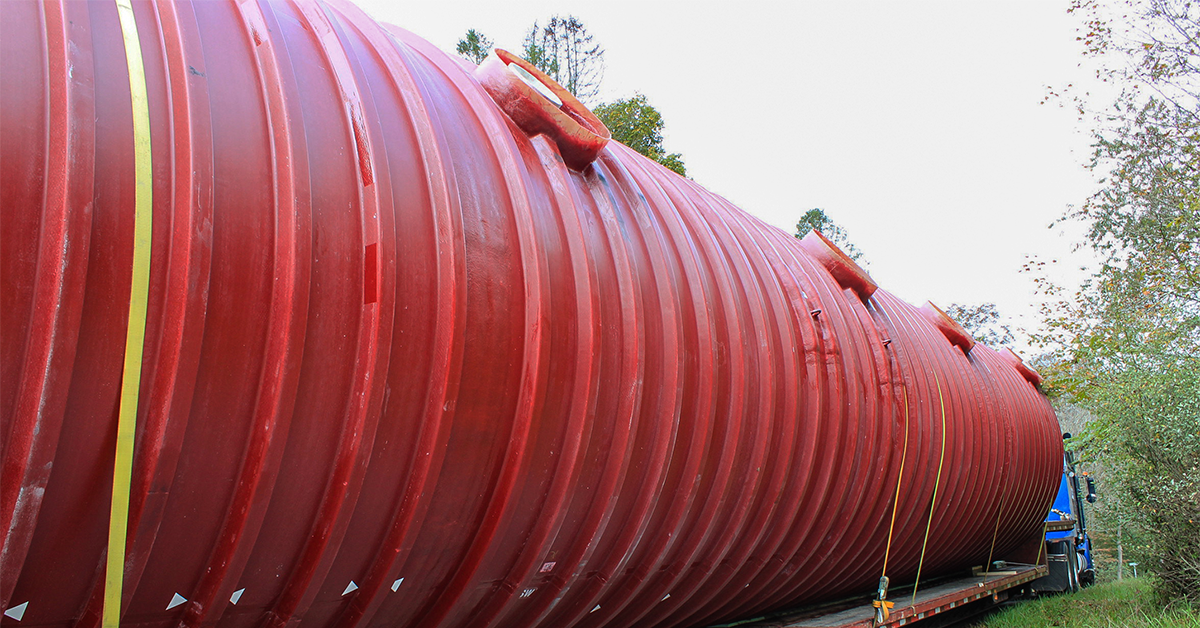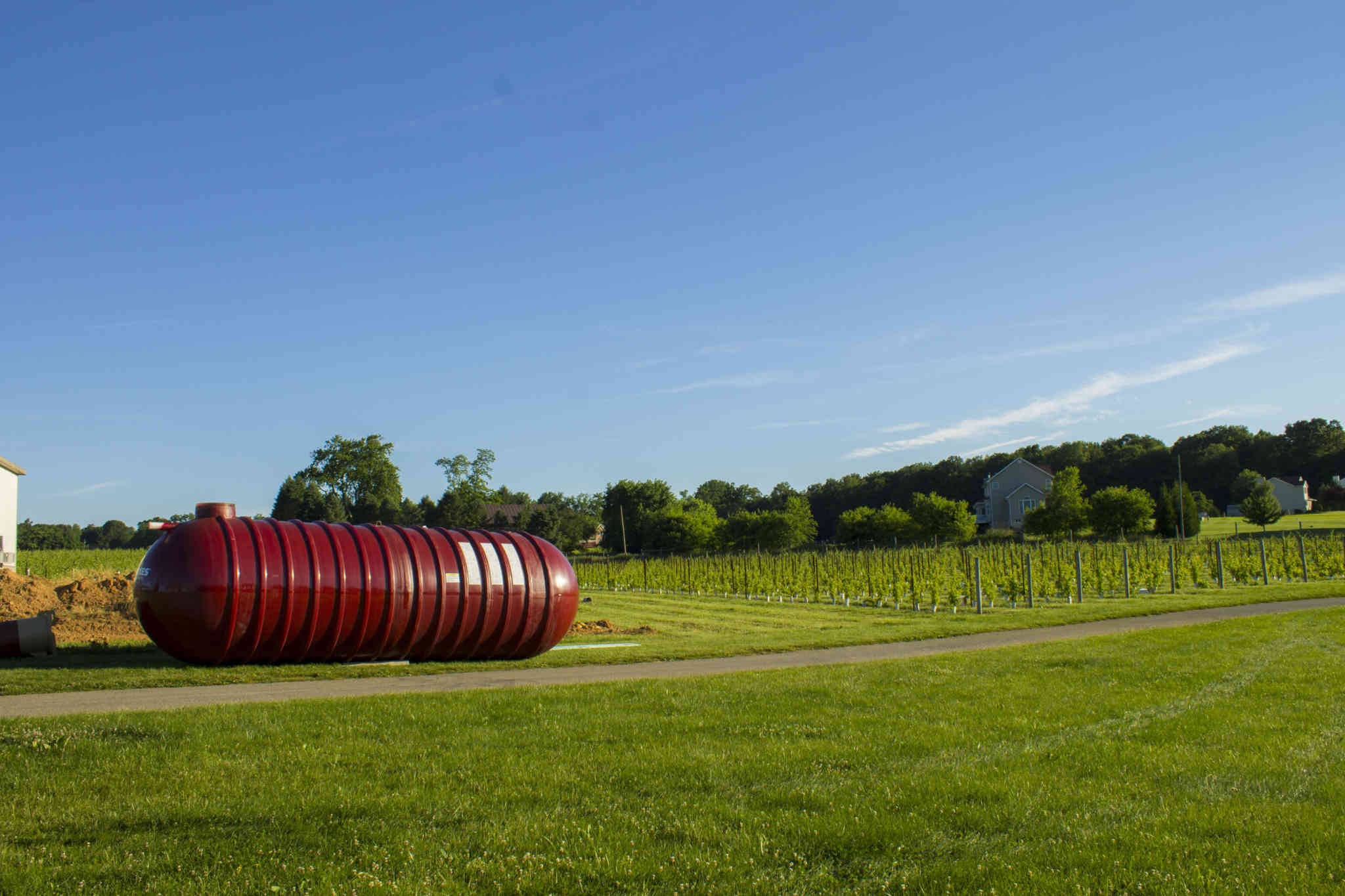
When it comes to grease and water storage tank design, two of the most widely used materials are fiberglass and concrete. Fiberglass has several distinct advantages over concrete cisterns. Tanks Direct uses and recommends Xerxes by Shawcor fiberglass storage tanks for many applications.
Resistance to Corrosion
Concrete is vulnerable to corrosion because its interior wall is porous and allows bacteria to accumulate. Over time, these bacteria degrade the concrete. Fiberglass is non-porous; bacteria has nowhere to accumulate and won’t corrode the tank. Fiberglass can even handle more volatile contents such as sulfide and sulfuric acid, which will erode concrete over time.
Durability
Unlike concrete, fiberglass will not expand or contract due to climate changes. Expansion and contraction can cause a material to crack and leak, which can happen in concrete tanks. Fiberglass tanks are also easier to maintain than concrete tanks and last much longer while requiring less maintenance.

Lightweight
Not only are fiberglass tanks lighter than concrete tanks, but the tanks come as a whole unit, which reduces transportation and installation costs. Concrete tanks deliver in multiple sections because of the weight. This weight can slow down transportation and installation difficult. Also, it can take up to a month to install a concrete tank. The cure time that is required when using the cast-in-place method slows the process. Fiberglass tank installation takes only one day.